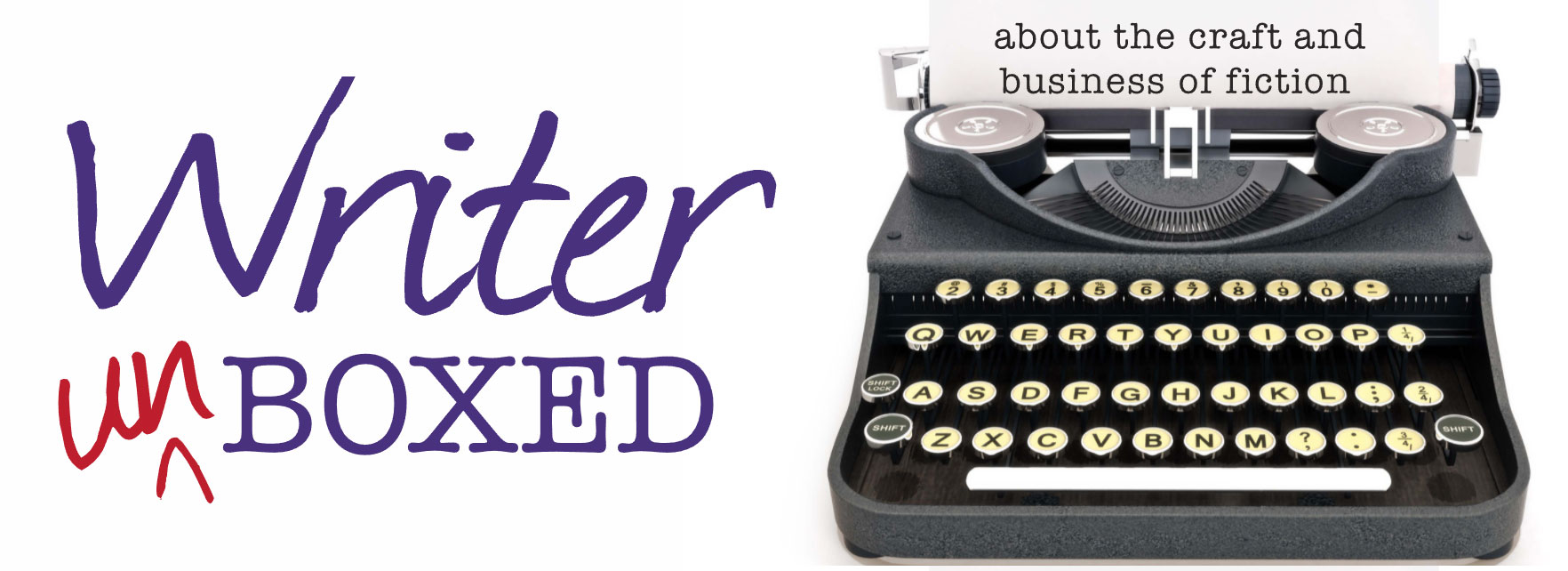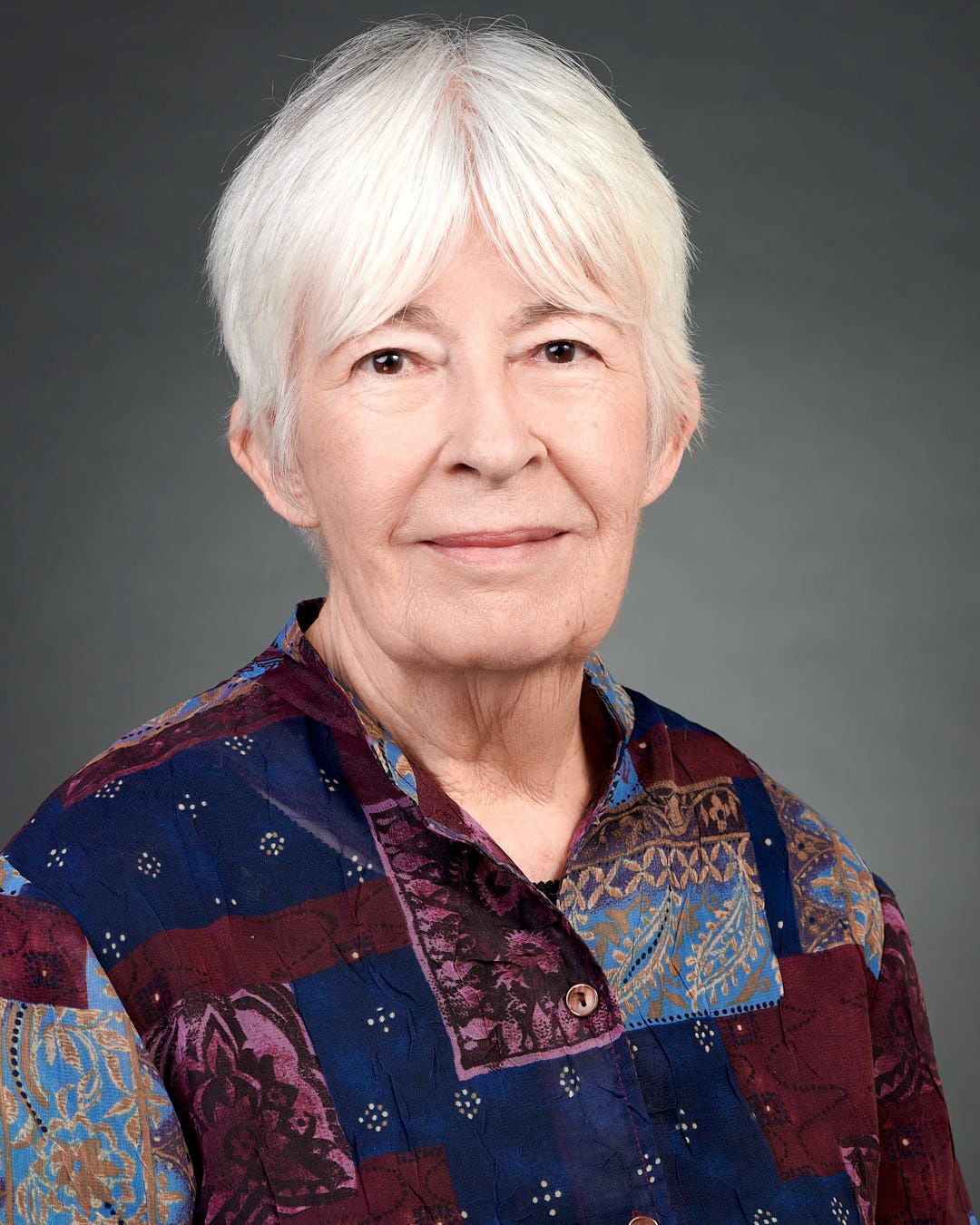Words, Pictures, Memory
By Juliet Marillier | August 6, 2009 |
 Look at the illustration for this post. What does this image conjure for you? What ideas does it spark? Take your time over the exercise. Then set those thoughts aside for a while and read on.
Look at the illustration for this post. What does this image conjure for you? What ideas does it spark? Take your time over the exercise. Then set those thoughts aside for a while and read on.
This week I finished the proof-reading for Heart’s Blood, which will be published in November (October in the UK.) Medical treatment has gobbled up much of my writing time this year, and these short-deadline editorial tasks haven’t helped. Even for an experienced writer it can be difficult to step back into the world of the story while dealing with the disruption of a significant illness. How do I attune myself to the mindset of my narrator? How do I think myself onto an island off the north coast of Ireland in the tenth century? How do I get that elephant in the corner to stop trumpeting about breast cancer and take a nap?
I’m using three tools: memory, text and pictures. I grew up in a part of New Zealand that was rich in vistas of sky and water. I understand the fascination of the sea shore with its myriad treasures to be discovered. I remember the bite of the wind, the swirl of kelp, the footprints of the birds that visited on their travels. I recall the mysterious keyhole rock, the fear of being trapped by the tide, the small tragedy of burying a beloved toy in the sand and losing him forever. While the landscape of my youth can’t quite do service as Ireland or Scotland, it is similar enough to put me in the right creative space.
Remembering that landscape, I considered how strongly our physical environment shapes our identity, attitude, philosophy. Our childhood landscapes are embedded in our psyche. That’s probably why I love the work of the late Orkney writer George Mackay Brown and of New Zealand’s new Poet Laureate, Cilla McQueen. Their writing has the power to transport the reader to a realm of light and shade, storm and stillness – an island landscape in which man and nature are inextricably linked. I re-read favourite poems by both writers as part of my reconnection with the world of my own story.
When I’m researching physical settings for novels, I usually go to see the places at first hand. I come home with many photographs, which I use not only to get physical details correct, but also to help shape the psychology of the characters. Nature is a significant element in all my stories. Creatures, plants, landscape, weather and seasons have a bearing on the way men and women think and act. Generally, my work is set in cultures where survival is closely tied to the workings of nature. Often the spiritual beliefs of the characters are bound up with the seasons, the elements, and nature-based deities. My Irish, Pictish and Norse people live by stone and stars, tides and turning of the year. The natural world is deep in their blood; they feel each change. That goes especially for the main narrator of the work in progress who, like me, is a druid. Looking over my photos from Orkney, the Faroe Islands and Ireland, I began to hear her voice again.
Let’s have another look at that illustration. There’s a story behind it, of course. The photographer was wandering through Assisi and saw an old wooden gate in a high wall. He was intrigued by various aspects of the gate, including the rough hole near the latch, so he took a series of photos, moving in each time. It wasn’t until he came up close that he realised the aperture framed a lovely image of the town: the tiled roofs, the dangling boughs with their clinging leaves, the blossom tree down the hill, the hazy sky. Oh, the magic of place! A single picture can be full of stories. I imagined St Francis strolling by, musing on the beauty of nature. I considered the people who crafted those lovely tiles – there could be a whole family saga there. I wondered how long it would be before the twigs burst into new leaf. I conjured up a pair of lovers communicating through the hole in the gate, like Pyramus and Thisbe. I thought of a woman cutting blossom sprigs to take home and put in a jug by the bedside of a sick mother.
What tools do you use to slip into the world of your book? Images, text, music, food?
Photo credit:
© Glyn Marillier










I tend to tear out images from magazines that depict characters or settings I want to write about. I also love to listen to music while I’m writing. It really helps to get me into that place where I feel complete focus. What do I listen to? It really depends upon the story, characters, or setting. I listen to whatever helps me feel like I’m there, watching the story unfold.
Like you, I visit the place of story if I can; in fact, I just returned from a research trip that I’ll describe next week. More than anything, I think these journeys can inject a story with authenticity, since not only can you breathe the air and touch the grass (or snow, or rain) for your characters, you can speak with the people of that region and get a sense of their history, their manner of talking, and their now.
I also use music to draw me back into story. The haunting orchestral and piano melodies of Roberto Cacciapaglia’s Atlantico became the soundtrack for The Last Will. For this second book, I’m listening to a selection of songs from the album Raising Sand, with Alison Krauss and Robert Plant. Two of the pieces–gypsy music, quirky or dark–really speak to the story.
I use pictures, too.
So sorry to hear you haven’t been well, Juliet. Hope it all settles down and you can enjoy your writing again.
For me it is images first, then music. I think because I was an illustrator. My daughter is a jazz singer, and I suspect she dreams in music. I dream in really vivid, colour with back story. Sigh. Sometimes I don’t want to wake up!
Thanks Rowena. I am still enjoying writing, just being less efficient at it, and more angsty!
It surprises me that I don’t use music these days to help conjure the world of the book, since there’s so much music in my background. These days I write in silence mostly (apart from the inevitable barks, yelps and growls in this household.)
Therese, Raising Sand sounds great, I must look it up. You might like the music of Doch, a gypsy orchestra based in Australia. I love their sound, in particular the unusual rhythm patterns of seven beats, eleven beats and so on. Keeps the listener on her toes!
I listen to medieval music: sad pieces for romance, plainsong for Serious Matters and dances for social stuff. I like to look at pictures, too, but I usually have a pretty clear idea of how my characters look so I have to hunt for pics that fill the bill. Finding the right face with the right period costume is well nigh impossible. Perhaps I should start a doll-dressing file with cut-out clothes!
Juliet, if you’re interested, here’s a link to audio clips of Raising Sand:
https://www.robertplantalisonkrauss.com/site.php?content=store
The two songs inspiring my wip are Sister Rosetta Goes Before Us and Nothin’.
I’ll check out Doch — thanks for the tip!
“Our childhood landscapes are embedded in our psyche.” Interesting thought. I’m praying for you in your illness.
I love being inspired by images too, especially old ones like tintypes or paintings.
Sending good vibes your way, Juliet.
I read the article, Juliet, and had a look at the picture. Instantly I had an image of Asian culture . . . the terracotta tiles, the moongate, the blossom, and yet moving further into the frame, I saw the building to the left and realised it was Italy.
The way you described your New Zealand childhood resonated like the most delicate bell . . . I have grown up in Tasmania on the east coast and the light and shade of a kelp forest or the whispering of a seabreeze through pine trees that edge a beach, the chuckle as waves push and pull at shell-grit: even now, those are the sounds that ground me when I am slightly worn out.
I like the way you ignore the elephant, the way you enter into nature’s rhythm and allow it to draw you away into the minds and actions of the tenth century. I am looking forward to your novel, but I can wait if necessary.
Best wishes.